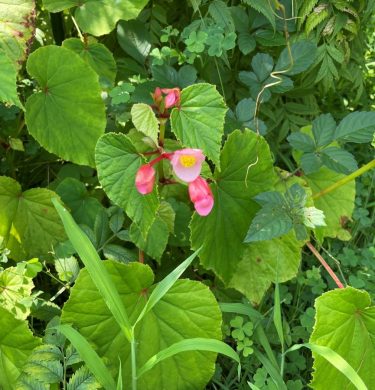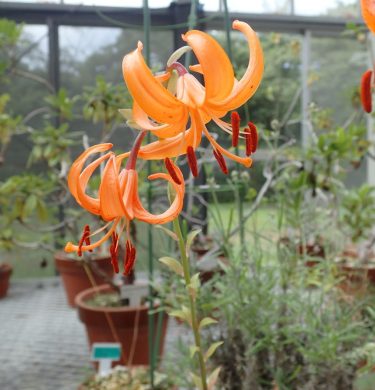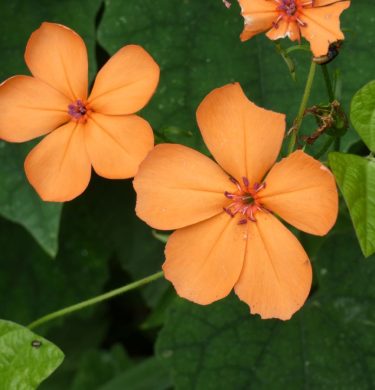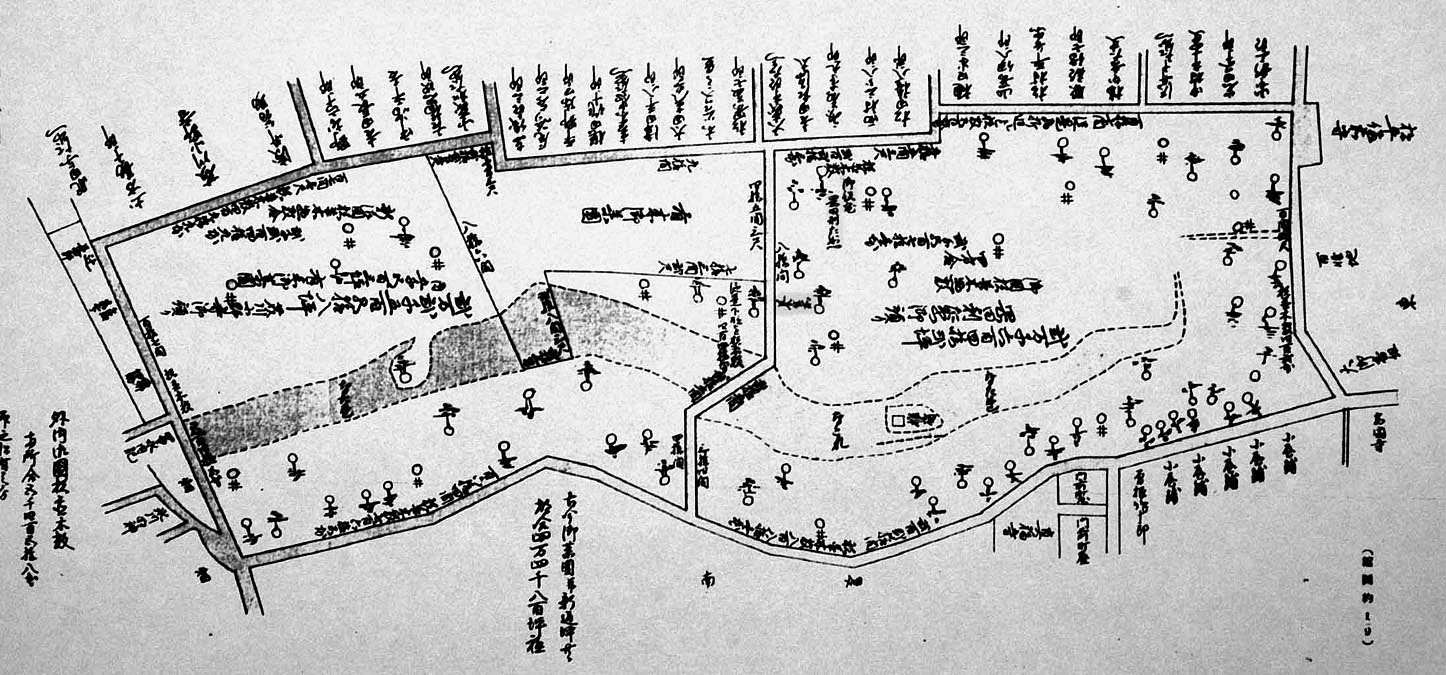- Open: 9:00 - Close: 16:30
- Adults: 500 yen / Children: 150 yen
Outline

Botanical Gardens, Graduate School of Science, The University of Tokyo, commonly known as the “Koishikawa Botanical Garden”, is a facility affiliated with the University of Tokyo for the purpose of botanical research and education. It is not only the oldest botanical garden in Japan, but also one of the oldest in the world.
The garden’s distant predecessor was the Koishikawa Oyakuen, the government’s medicinal herb garden, established by the Tokugawa Shogunate in 1684, some 340 years ago. It was transferred to The University of Tokyo in 1877, when the university was founded, and became the birthplace of modern botany in Japan. It covers an area of 161,588 m², and various plants are arranged on the terrain of plateau, slopes, lowlands and ponds. With an emphasis on plant taxonomy and natural history, the garden serves as a world center for botanical research, especially in East Asia. The main building of the Botanical Garden houses approximately 800,000 botanical specimens (the collection is managed jointly with the The University Museum, The University of Tokyo, with a total of approximately 1.9 million specimens) and 20,000 botanical books, which are used by researchers in Japan and around the world. The garden is designated as a Place of Scenic Beauty and a Historic Site, with many memorial plants and historic remains that speak of the garden’s long history.
The Botanical Gardens of the Graduate School of Science, The University of Tokyo, consists of another garden located in Nikko City, Tochigi Prefecture. It was established in 1902 and conducts research and education on cool temperate plants that are difficult to cultivate in Tokyo. The garden is also open to the public and is known as “Nikko Botanical Garden”. Please note that the Nikko Botanical Garden is open from April 1 to November 30 and is closed to the public during the winter.
Koishikawa Oyakuen
The site of the Koishikawa Botanical Garden was established in 1652 as a suburban residence of the Tatebayashi domain, known as Hakusan Goten, where the young feudal lord Matsudaira Tokumatsu lived. After Matsudaira Tokumatsu became the 5th Shogun Tsunayoshi in 1684, the shogunate's Minami Yakuen (medicinal herb garden), located in present-day Minami Azabu, was abolished and part of the Hakusan Goten area was transformed into a new yakuen named "Koishikawa Oyakuen". In 1721, the 8th Shogun Yoshimune expanded the Oyakuen to cover the entire Hakusan Goten area, which was approximately 15 hectares (map).
The Oyakuen was administered by Kinoshita Doen, who was later replaced by Akutagawa Onoji (Motokaze). With the expansion of the garden during the Kyoho period (1716–1736), the northwestern half of the garden, bordered by the monumental ginkgo tree, was administered by Akutagawa Onoji and the southeastern half by Okada Rizaemon. Each residence had its own herb-drying area, part of which still exists today. In January 1723, Yojosho (sanatorium) was established at Okada Rizaemon’s estate, and in 1735, Aoki Konyo conducted an experimental breeding of sweet potatoes.
Oyakuen declined over time, and by the end of the Edo period it had shrunk to only 1.6 hectares. However, when the Meiji Restoration brought the area under the jurisdiction of the Tokyo Prefectural Government as "The University Hospital Medicinal Herb Garden", it was restored to its original Kyoho period size.
Director’s Message
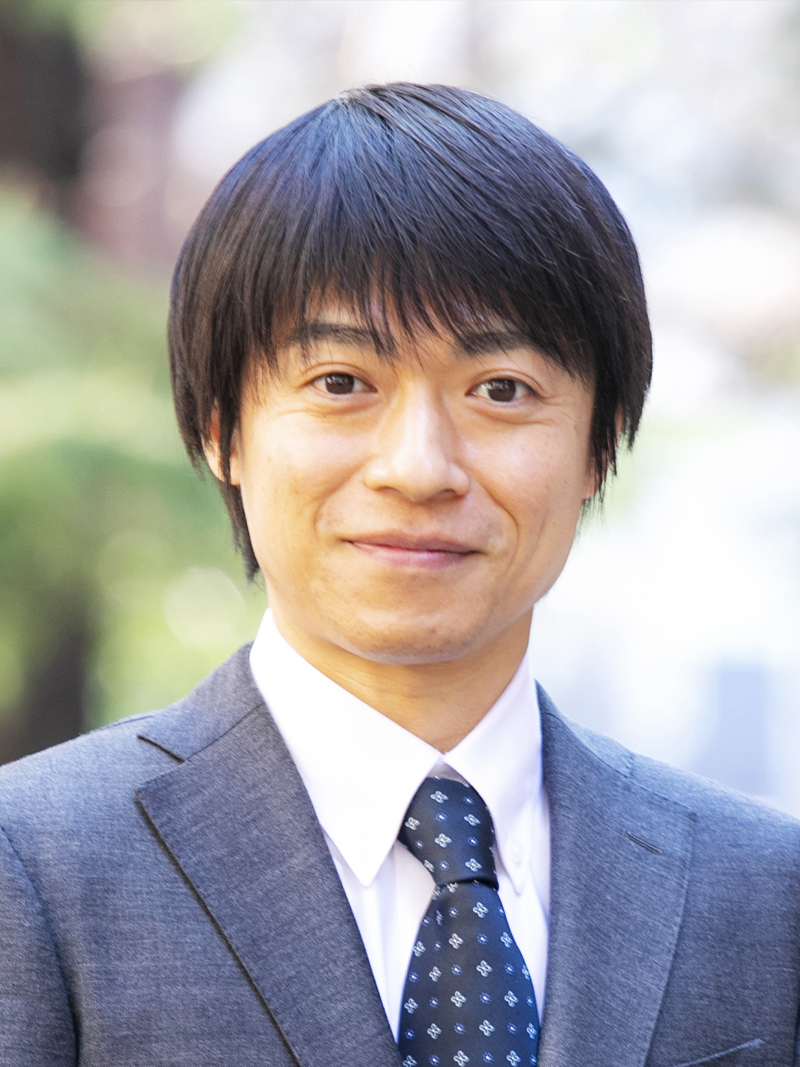
I am serving my second term as director of the Botanical Gardens, Graduate School of Science, The University of Tokyo, starting in April 2023. I will continue to do my best for the development of the Botanical Garden.
The second phase of the Life in Green Project ended at the end of fiscal year 2022. With the support of many people, we have been able to improve the research, education, and cultivation environment, as well as steadily advance various initiatives to open the Botanical Gardens to the local community and society. We would like to express our sincere gratitude to the many people who have understood and warmly supported the activities of the Botanical Gardens.
In fiscal year 2022, the Agency for Cultural Affairs approved the master plan for the preservation and use of the Koishikawa Botanical Garden, which is designated as a Place of Scenic Beauty and a Historic Site. The third phase of the Life in Green Project, which began in April 2023, aims to implement this plan. We will develop the Koishikawa Botanical Garden as a leading botanical research facility while preserving its value as a cultural asset. Although the realization of this plan will not be easy, we will do our utmost to improve our botany and the Botanical Garden.
Tomitaro Makino, a botanist who worked at the Koishikawa Botanical Garden, was chosen as the model for the NHK morning drama "Ranman" in the spring of 2023. Koishikawa Botanical Garden is the "birthplace of modern botany in Japan", where eminent botanists such as Tomitaro Makino worked. As one of Japan's leading research botanical gardens, the Botanical Gardens of the University of Tokyo will continue to produce cutting-edge science and conduct education and social dissemination of botanical science. We look forward to your continued understanding and support for the activities of Koishikawa Botanical Garden and Nikko Botanical Garden.
「PLANET SOCIAL」by Music Securities





